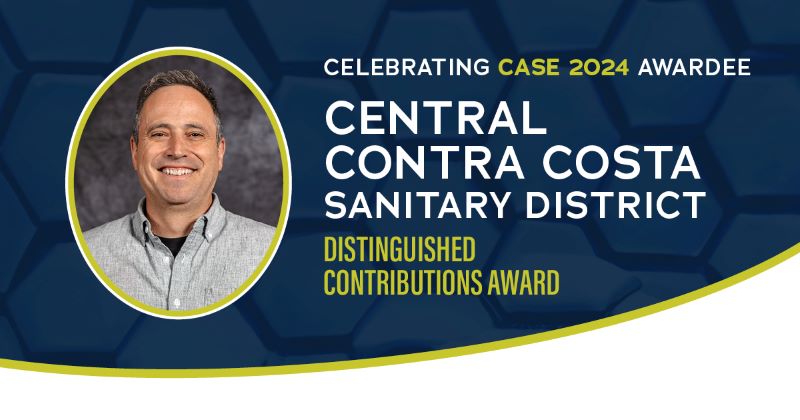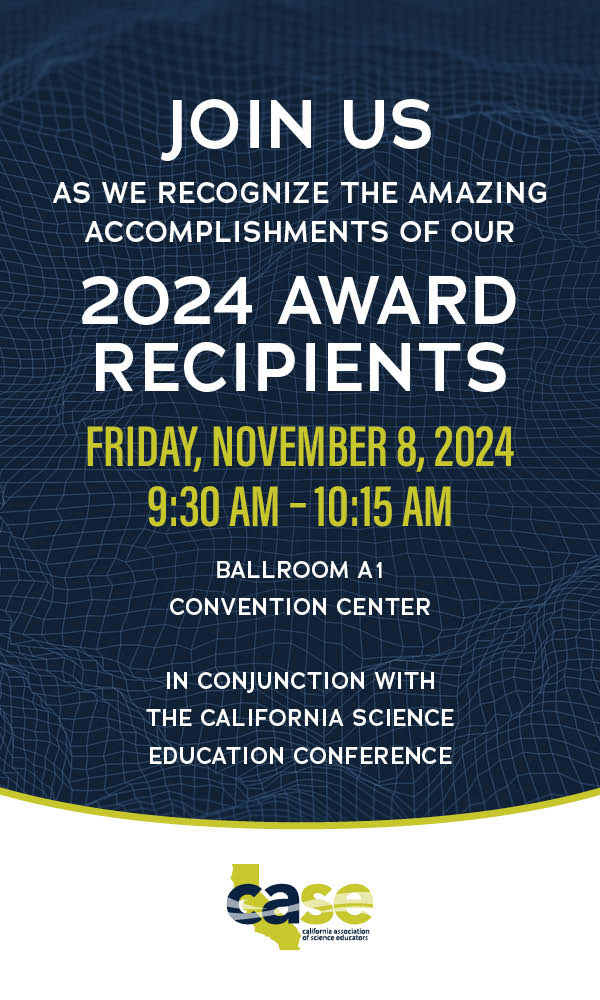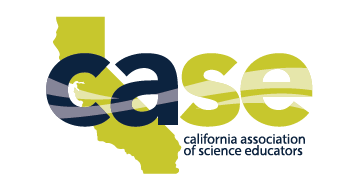
Distinguished Contributions Award
Meet Central Contra Costa Sanitary District
This is a tremendous achievement for us! As an agency that collects and cleans our community’s wastewater, our daily operations are often out-of-sight, out-of-mind. Few people outside of the water and wastewater community have a good understanding of what happens to their dirty water after it goes down the drain. Even fewer think of their local wastewater utility as a source of high-quality educational resources. Because of this, it can be an uphill battle to engage and educate our community. Being recognized by an organization as well-respected and far-reaching as CASE speaks to the quality of our work and the value of our education programs to our students, teachers, and broader community.
~ Ben Lavender, Community Affairs Representative

As a local wastewater service provider, we have a powerful platform to connect to students' lived experiences and to use our system to teach about the real science and engineering involved in our work.
We have one singular phenomenon that guides this process: Our dirty water goes down the drain. This is, in our humble opinion, the single greatest science or engineering phenomenon that has ever existed. It is something that every student, at every age, sees and experiences every single day of their lives. This is true regardless of where they live, what language they speak at home, or the education level of their caretakers.
From this singular (and deceptively simple) phenomenon, we can unpack the rich physics, chemistry, biology, environmental science, and engineering involved in our daily work. The beauty of this phenomenon is that there is no grade level for which it is inappropriate; it applies equally to everyone.
This gives us the opportunity to teach powerful lessons from familiar starting points. Whether it is exploring our kitchen sinks or what we flush down the toilet, we can help students of all ages better understand that the stuff we put into our water (and down our drains) does NOT disappear.
Can you elaborate on the collaborative approach you take with teachers and the community to develop and refine educational programs at Central San?
We want to ensure that the programs we bring into classrooms not only meet Central San’s goals for educating our community, but also meet teachers' goals for high-quality, relevant, and grade-appropriate science learning. We feel the best way to do that is by working with teachers throughout the lesson design process.
We are incredibly fortunate to have an invested group of pre-K through community college teachers from across central Contra Costa County who want to join us in this process. This helps us design lessons that teachers and students care about. It allows us to bring new lessons into schools and to field-test assumptions about what kinds of activities will work with actual students in an actual classroom. This relationship with our teachers has enabled us to develop and refine our programs so that we are confident they will work successfully in any classroom. And it has allowed us to address concerns many teachers share about bringing in guest educators, including making valuable use of limited time and working within existing classroom norms and practices.
The lessons you create are known for being tied to specific science standards while remaining open-ended to foster exploration. How do you balance these elements to create meaningful and inquiry-based learning experiences for students of varying ages and abilities?
Finding a simple and relevant entry point into our system, and connecting it to the daily lives of students, is the easy part. The challenging part is how we build a scientific understanding of our system from that starting place. We have several guiding principles that help us achieve that with students regardless of age or ability. Below are two of our favorites:
We Go Slowly: Central San lessons are designed around things students would love to experiment with, if only given the opportunity. We flush a variety of materials down our classroom-friendly toilets. We pour various food packets into clear cups of water. We use microscopes to see what’s in our wastewater. All these experiments are designed to help students actually see what happens to their dirty water after it goes down the drain.
If we went too fast, we would miss so many opportunities for students to closely observe, sketch, and experiment with the “stuff” we send down our drains. By giving students time to engage in these processes, we learn what students see, what kinds of questions they have, what kinds of experiments students are inclined to try, and what they learn from their experimentation.
We Bring Enough Supplies For Everyone. One of the main reasons our hands-on (and sometimes messy) lessons are successful is that every student gets a chance to get their hands on the materials. This eliminates many of the would-be classroom management challenges that emerge when there aren’t enough supplies to go around.
Of course, this requires that we bring a lot of supplies! To accomplish this, many of the supplies we use are solid wastes diverted from landfill, including donated biotech supplies and repurposed household materials. This design is on purpose. As an agency that sits on the receiving end of one kind of waste stream, we are sensitive to the realities that affect all waste streams. This design also enables us to bring ample supplies to every classroom and school we work with, ensuring that every student gets a chance to see and experiment in the ways that they want.
What do you think the future holds for Central San?
We hope to continue growing Central San’s education programs well into the future. There are so many ways to highlight the science and engineering within our system. There are so many ways to empower people of all ages to make choices that have a positive impact on their local systems. Central San is connected, literally, to hundreds of schools and thousands of classrooms, and we hope to serve many more of them in the future.
Beyond that, Central San is one of nearly 40 wastewater agencies that serve the Bay Area. All wastewater agencies have the same fundamental mission: to protect the health and environment of their local communities, and they all have the same goals to educate their communities and prevent pollution within their systems. Our hope is that more agencies in the Bay Area and beyond recognize the power that classroom education can play in helping their communities understand the important work of wastewater collection and treatment. And our hope is that we can support them to provide high-quality education programming to their communities.
Quick Links
Exhibit Partner Package
Opening Soon
Join us at the 2025 California Science Education Conference, the premier event for science educators across California! This gathering is your chance to showcase your products, engage with educators, and maximize your impact through our exclusive Partner Program.


